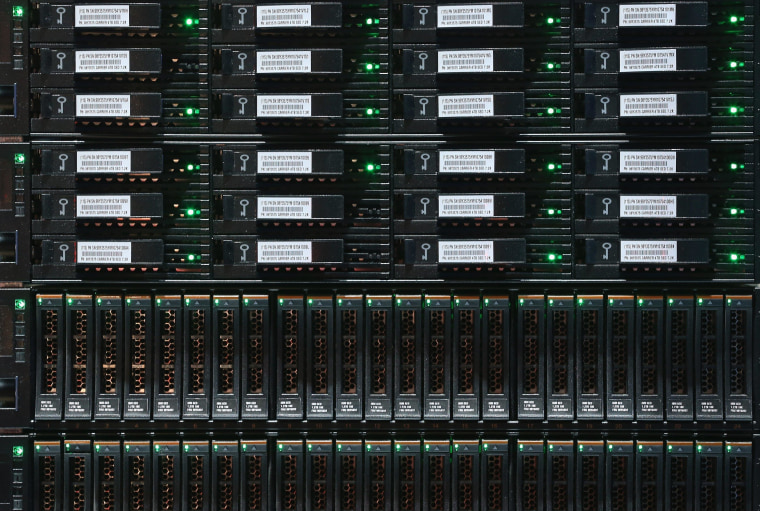IBM is investing $3 billion to build an "Internet of Things" division aimed at harnessing the massive trove of data collected by smartphones, tablets, connected vehicles and appliances and using it to help companies better manage their businesses. IBM estimates that 90 percent of all data generated by mobile and "smart" devices is never analyzed. The Armonk, New York, company hopes to change this by teaming up with companies like Twitter and the Weather Co., the owner of the Weather Channel, and developing cloud-based data services and tools for app developers. IBM is training more than 2,000 consultants, researchers and developers to help businesses come up with new ways to use the vast amounts of data that are now available, said Glenn Finch, Big Data and Analytics Lead at IBM Global Business Services. This could mean combining Twitter data with economic and weather data to predict what someone might be interested in buying.
The new business unit is part of IBM's shift away from hardware toward spending billions to focus on analytics, cloud computing, mobile services and security. IBM plans to launch an online service that helps insurance companies extract insight from connected vehicles, to create new pricing and services customized to individual drivers. Meanwhile, the Weather Co. plans to shift and integrate its massive weather data operation into the IBM Cloud, so that insurance providers could send policyholders text messages alerting them to impending hailstorms and vehicles could be moved before being damaged, for instance. It could also help determine exactly how many people were hit by a natural disaster so insurers could respond to claims faster.
IN-DEPTH
- Can the 'Internet of Things' Preserve Privacy?: Lawmakers
- Internet of Things Needs Industry Cooperation to Make It Big
